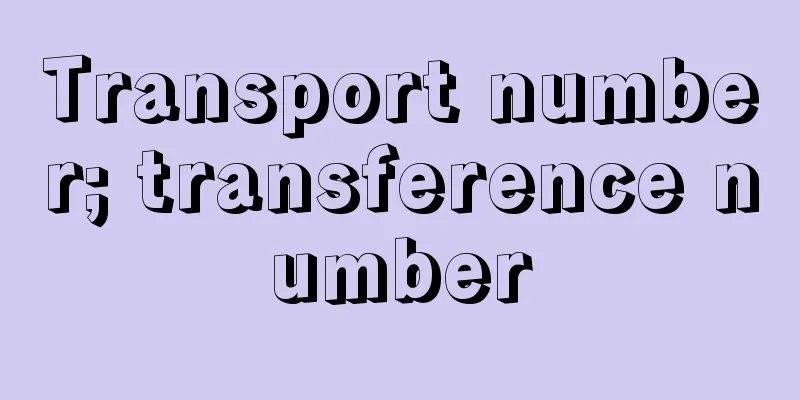Collaborative labor - Kyodo-ro-do (English spelling) collaboration

|
A form of labor that was dominant in communities that preceded capitalist production. According to K. Bücher, who conducted a historical analysis of labor forms, it means "the simultaneous use of many workers to accomplish a single labor task," and can be classified into three types: yoai-shigoto, goryoku, and renryoku. The custom of communal labor has long remained in Japanese village society, where it has been called fuyaku (husband labor) or mura-shigoto (village labor). Source: Encyclopaedia Britannica Concise Encyclopedia About Encyclopaedia Britannica Concise Encyclopedia Information |
|
資本主義的生産に先行する共同体に支配的な労働形態。労働形態の歴史的分析を行なった K.ビュッヒャーによれば,「一つの労働任務を遂行せんがため,多数労働者を同時に使用する」共力の意味であり,寄合い仕事,合力,連力の3つに分類できる。日本の村落社会にも長く共同労働の慣習が残り,夫役,村仕事などと呼ばれてきた。
出典 ブリタニカ国際大百科事典 小項目事典ブリタニカ国際大百科事典 小項目事典について 情報 |
>>: Co-operative Commonwealth Federation
Recommend
Reading
A city in southern England, United Kingdom. A unit...
Grade A, B, C, D - Grade A, B, C, D
A full-length novel written by Nakano Shigeharu in...
Wucheng County
…While the east side of Lake Taihu was the main r...
History of Shimazu
A chronological history of the three provinces of ...
Iron chloride
Compounds of iron and chlorine. Compounds with ox...
Masaru Aoki
A Chinese literature scholar. His pen name was Me...
Bujoji Temple
An independent temple located in Hanaseharachi-ch...
Phongsawadan (English spelling)
A type of historical text written in Thai, meaning...
Phyllodoce aleutica (English spelling) Phyllodoce aleutica
… [Kei Yamazaki]. … *Some of the terminology that...
Downhill Skiing - Cuckoo Skiing
Downhill is an alpine skiing event. Skiers compete...
Takasato [Village] - Takasato
A village in Yama District, northwest of Fukushima...
Aizeni - Aizeni
During the Muromachi period, these coins were borr...
arachnoidea
…In the brain, these two membranes are mostly fus...
verre églomisé (English spelling) verreeglomise
… A distinctive technique is the gilding techniqu...
Macaw - Macaw (English spelling)
A general term for 19 species of birds in the ord...







![Yantra (English spelling) yantra [Sanskrit]](/upload/images/67cd107a36ec7.webp)

